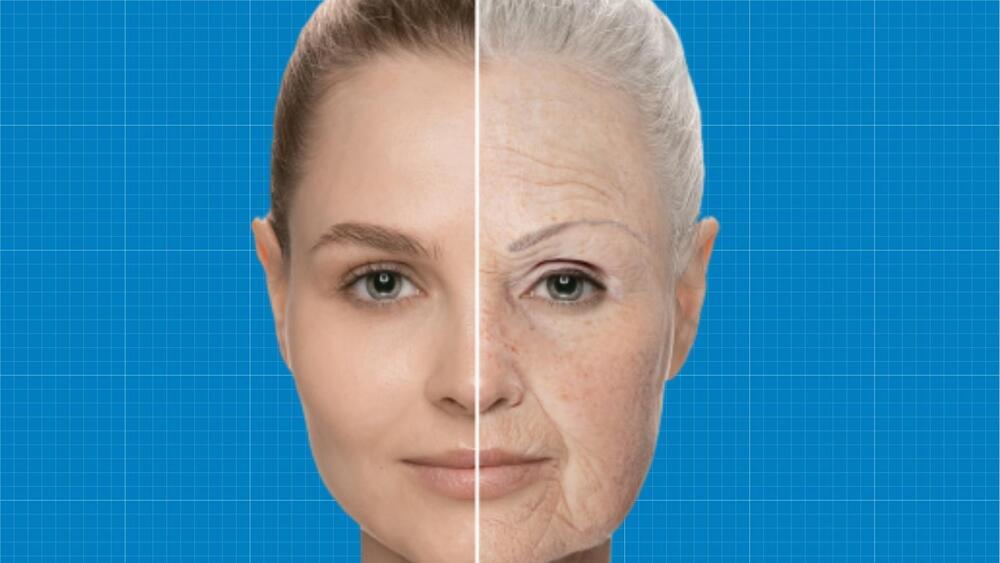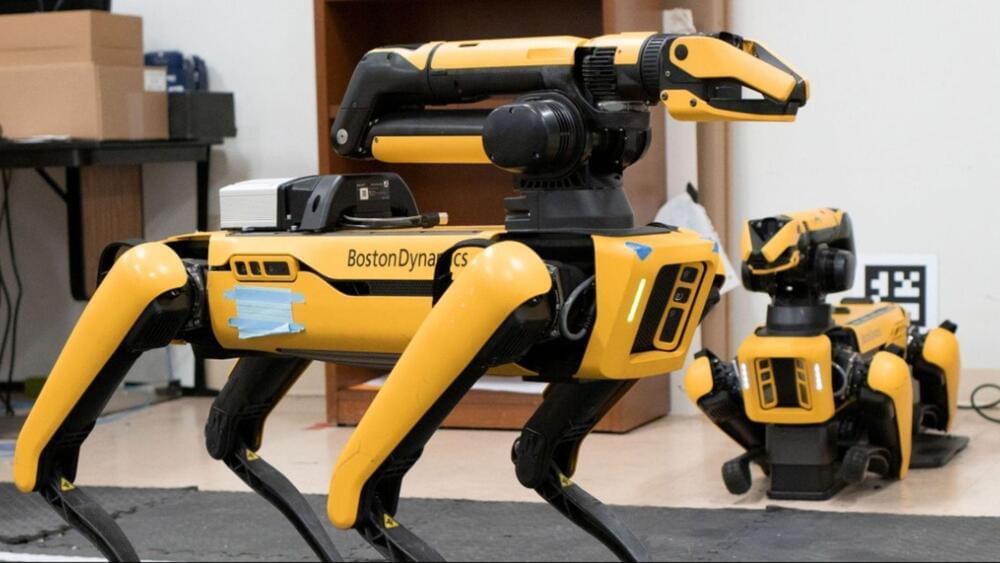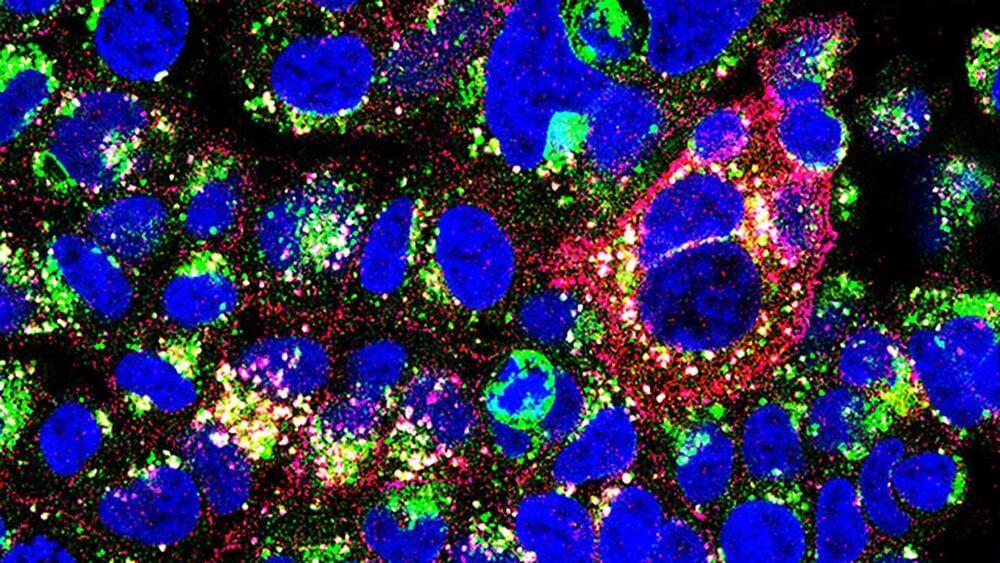Once valued at $47 billion, the company is now worth $50 million and trading of its stock paused on Monday.
After many tumultuous months, coworking space provider WeWork filed for Chapter 11 bankruptcy protection in the US and Canada, CNBC
Founded in 2010, WeWork became synonymous with coworking spaces after operating in more than 700 properties worldwide. The company offers its customers the option to rent offices for as little as a day, plush with fancy furniture, and opportunities to add meeting rooms as and when required.









